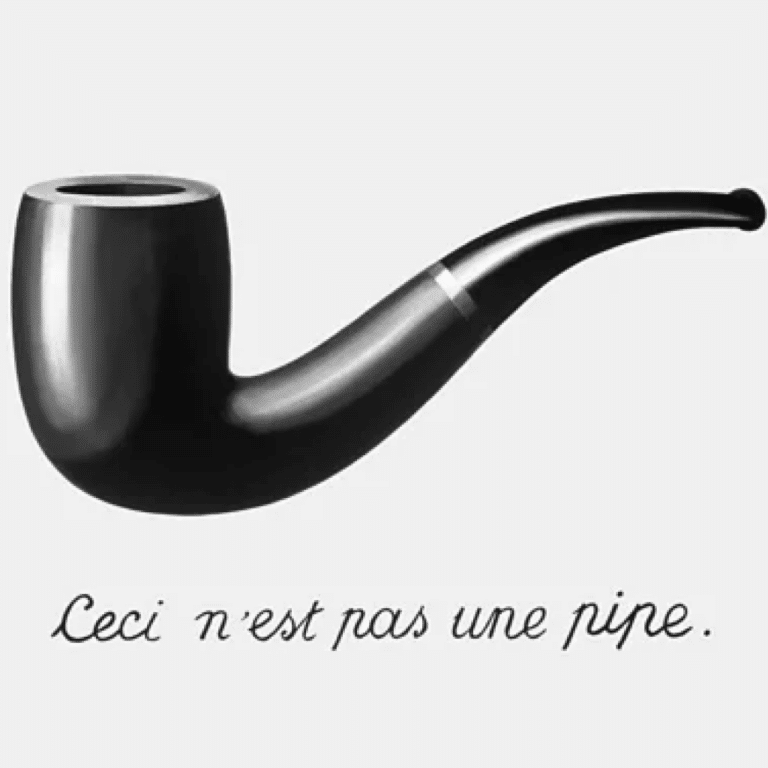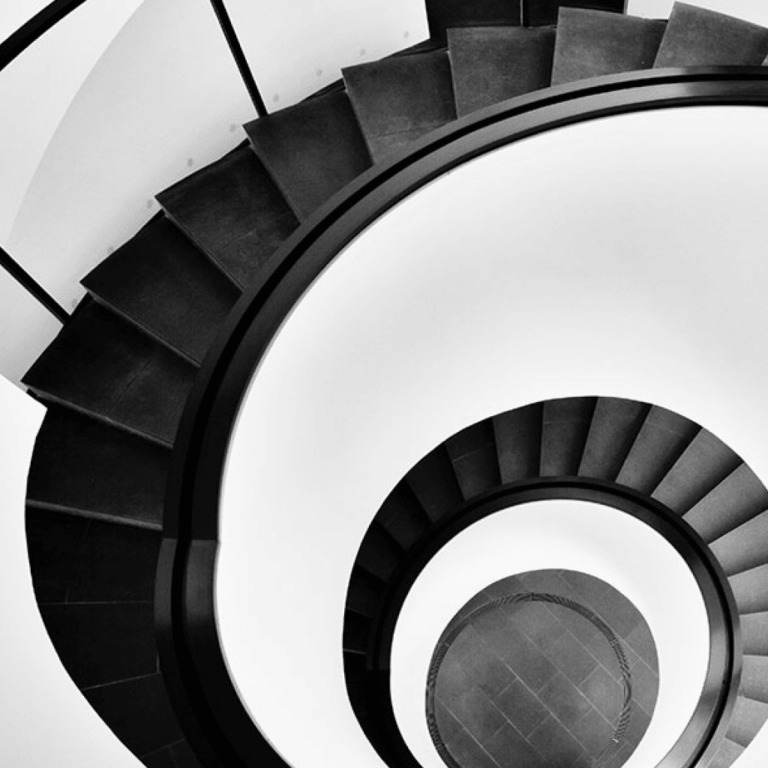INSIGHTS / CREATIVE, MARKETING
Do You Know the Difference Between Marketing and Branding?
UBERBRAND on 18/07/2024
“The terms marketing and branding often get tangled up together under the big marketing umbrella – however, despite their close relationship marketing and branding serve distinct purposes.”


We’ll touch on the unique approaches for both below if you’d like to learn more about the nuances between marketing and branding, and how to craft strategies that truly resonate with an audience, build a strong identity and attract customers more effectively.
What is Branding?
Branding is the essence of your business; it’s the personality and ideas your company communicates and expresses internally and externally.
It has become so essential that successful branding companies are being engaged to strategically create and strengthen a brand’s position.
As a concept, branding can be traced back to Roman times where merchants would brand their barrels as a mark of ownership.
This form of early, (and literal) branding very quickly came to demark quality. Today branding still acts as a sign of trust, experience and values.
Branding is not just what you project – customers often define a business from their own perspectives based on the impressions a brand makes.
In other words – your brand is not what you say it is, it’s what someone thinks it is. Put simply, a brand is a perception held in someone’s mind.
In a world where customers form opinions based on their experiences and impressions, crafting a brand identity that speaks to the right audience is crucial. Every interaction, message and detail must align with your brand’s essence.
For a brand to remain relevant and sustainable, it needs to tap into the cultural zeitgeist and remain adaptive.


Key Elements of Branding
Everything communicates and forms an impression – so everything you say and do needs to be “on brand”.
Effective branding contains several core elements, such as creating a unique name, design, logo and any additional features that set a product or business apart in the market.
It’s about carving out a distinct presence that resonates deeply with your target customers and stays with them.
Below are a few examples of brands that have become some of the most successful and recognisable – they have ongoing brand recall and awareness from their visual brand identity in the market:
Logo
like a country’s flag, a logo is the visual emblem that symbolises your brand.
Some widely recognised examples include the Nike swoosh, the 5 coloured rings that symbolise the Olympics Games, or Apple software’s literal bitten apple.
Car brands also pay special attention to making streamline and distinguishable logos. We’re sure you could easily name at least 5 car brands just from their logo.
Colour Scheme
a consistent palette that evokes the right emotions.
Lots of brands use red and yellow (such as Shell, Lipton tea, DHL, Google, etc.), but McDonald’s red and yellow branding is iconic because there is an extra meaning on a subconscious level.
The red is meant to represent ketchup and yellow is golden fries. Beyond being eye-catching and attention grabbing, this usage conjures an emotional response to the colours.
Typography
fonts and typefaces that mirror your brand’s personality.
The New Yorker magazine/online publication uses a distinguishing serif typography that not only makes it easy for their readers to consume newsworthy content, but also exudes a professionalism and distinct point of view – which mirrors their brand essence.
Brand Voice
the tone and style of your communication.
There are lots of approaches when it comes to the way your brand communicates (aka: it’s “voice”). You aren’t limited by the product, service or age of your brand.
For example, there are banks that have a youthful, uplifting and friendly brand voice, as well as those that lean into a professional more conservative persona.
Cards Against Humanity is known for their bold, humorous and blunt perspective that is refreshing in a plethora of “by-the-book” brand voices.
LinkedIn focuses on a warm, yet professional and more corporate TOV (tone of voice), which is aligned with their presence as a corporate networking social media platform.
Apple aims to be a creative and innovative/inspirational leader in tech, TED Talks are educational and enlightening, and many NFP brands use a TOV centred around sincerity and kindness/empowerment.
Tagline
a memorable phrase that captures the spirit of your brand.
The right tagline that embodies a brand’s essence is worth its weight in (branding) gold.
Often a good tagline is just a few words that when used with consistency in the market (i.e. across all communications, including packaging) can over time become incredibly powerful and recognisable.
The key is to keep your brand tagline timeless, short, simple and different.
For example:
“Just Do It” (Nike)
“Eat Fresh” (Subway)
“Taste the Rainbow” (Skittles)
“Think Different” (Apple)
“Easy, Breezy, Beautiful” (CoverGirl)
“You’re Not You When You’re Hungry” (Snickers)
Each brand element is meticulously crafted to create a unified brand identity that leaves a lasting impression on your audience.



The Core Purpose of Branding
The purpose of branding is to forge a deep, emotional connection with your target audience.
Effective branding:
- Establishes a unique market identity
- Clearly communicates your values and mission
- Helps to build trust and loyalty among customers
- Differentiates your business from competitors
- Ensures a consistent, memorable customer experience
Via the above, branding fosters a strong emotional bond with your audience, encouraging long-term customer loyalty, engagement and advocacy.
What is Marketing?
Marketing is the engine that propels your business forward. It encompasses the activities, strategies, and tactics used to promote and sell products or services.
Marketing is centred around creating demand, generating leads, and converting prospects into loyal customers purchasing and enjoying your product or service.
To effectively market a brand, you first need to understand the market, identify customer needs, and craft compelling messaging that motivates your audience to take action.


The Key Elements of Marketing
Market Research
Gaining deep insights into the market landscape, customer preferences, and competitive dynamics.
Advertising
Creating and distributing promotional content to reach a wide audience.
Sales Strategies
Developing techniques to convert leads into customers.
Distribution Channels
Finding the most effective ways to deliver your products or services to customers.
These components work together to form powerful marketing campaigns that drive engagement, sales, and growth.
The Purpose of Marketing
If we had to condense and distil the entirety of marketing efforts into one primary purpose it would be to achieve specific business goals (like generating awareness/demand, driving leads and/or sales, etc.)
Effective marketing:
- Increases awareness and visibility of your products or services
- Engages potential customers and educates them about your offerings
- Drives traffic and leads to your sales channels
- Converts prospects into paying customers
- Continuously measures and analyses performance to refine future efforts
Marketing is about delivering tangible, measurable results that directly impact your company’s bottom line.


Key Differences Between Branding and Marketing
Understanding the key differences between branding and marketing is essential for leveraging both effectively.
Focus
Branding: Focuses on identity and perception. It’s about who you are as a company and how you want to be perceived.
Marketing: Focuses on promotion and sales. It’s about how you communicate your offerings to the market and persuade customers to buy.
Timeframe
Branding: A long-term strategy. Branding efforts are designed to build and maintain a consistent identity over time.
Marketing: Can be short-term or long-term. Marketing strategy campaigns often have specific time frames and objectives, such as launching a new product or driving holiday sales.
Goals
Branding: Aims to build brand loyalty and recognition. The goal is to create a strong, positive image that endures.
Marketing: Aims to drive immediate action and sales. The goal is to generate leads, convert customers, and achieve specific business targets.
Audience Interaction
Branding: Aims to establish a relationship with the audience. It focuses on creating emotional connections and fostering loyalty.
Marketing: Targets more direct interaction and conversion. It focuses on engaging prospects and motivating them to take specific actions, such as making a purchase.
How Branding and Marketing Work Together
Branding and marketing are both distinctive and deeply interwoven to support each other. Consistency across both areas is vital to build trust and recognition.
Here’s how they complement each other:
Consistency
branding sets the tone and guidelines for all marketing activities. Consistent use of logos, colours, and brand voice ensures that marketing campaigns reinforce the brand identity.
Trust
a strong brand cultivates trust, making marketing efforts more impactful. A wide variety of research in this area indicates that customers respond more positively to marketing messages from brands they trust.
Recognition
effective branding enhances brand recognition, amplifying the effect of marketing campaigns. Familiarity with the brand makes marketing messages more persuasive.
Loyalty
branding fosters long-term loyalty, while marketing drives immediate engagement and conversion. Together, they create a cycle of customer acquisition and retention.
Aligning branding and marketing strategies enables businesses to create a powerful and cohesive approach that drives both short-term results and long-term growth.


The Emotional Impact of Branding and Marketing
While the mechanics of branding and marketing are important, the emotional impact on your audience can’t be overstated.
Branding taps into feelings and impactful storytelling to create a narrative that your audience can connect with and that resonates on a personal level.
When customers feel an emotional connection, they are more likely to remain loyal, even in the face of competitive offers.
Effective marketing, on the other hand, is designed to inform and inspire actions. Whether it’s through a heartfelt story, a clever ad, or a compelling call-to-action, marketing’s emotional punch can drive customers to take the next step (be it making a purchase, signing up for a newsletter, or sharing content).
Some Final Words
Think of branding and marketing as two sides of the same coin, each playing a vital role in a company’s overall strategy.
Branding is about creating a unique identity and establishing an emotional connection with your audience. Marketing is about promoting your products or services and driving sales.
Both are equally essential for achieving customer loyalty and overall business success, so leveraging the differences between branding and marketing allows businesses to build a strong identity, attract customers, and achieve sustainable growth.
Both branding and marketing require ongoing effort and adaptation. As market conditions evolve and customer preferences shift, businesses must refine their strategies to remain relevant and competitive.
We invite you to share your thoughts and experiences with branding and marketing in the comments below.
How have you balanced these elements in your business strategy? What challenges and successes have you encountered? Your insights could help others on their journey to mastering the art of branding and marketing.
When aligned, branding and marketing create a powerful engine for growth and differentiation in the marketplace.





































